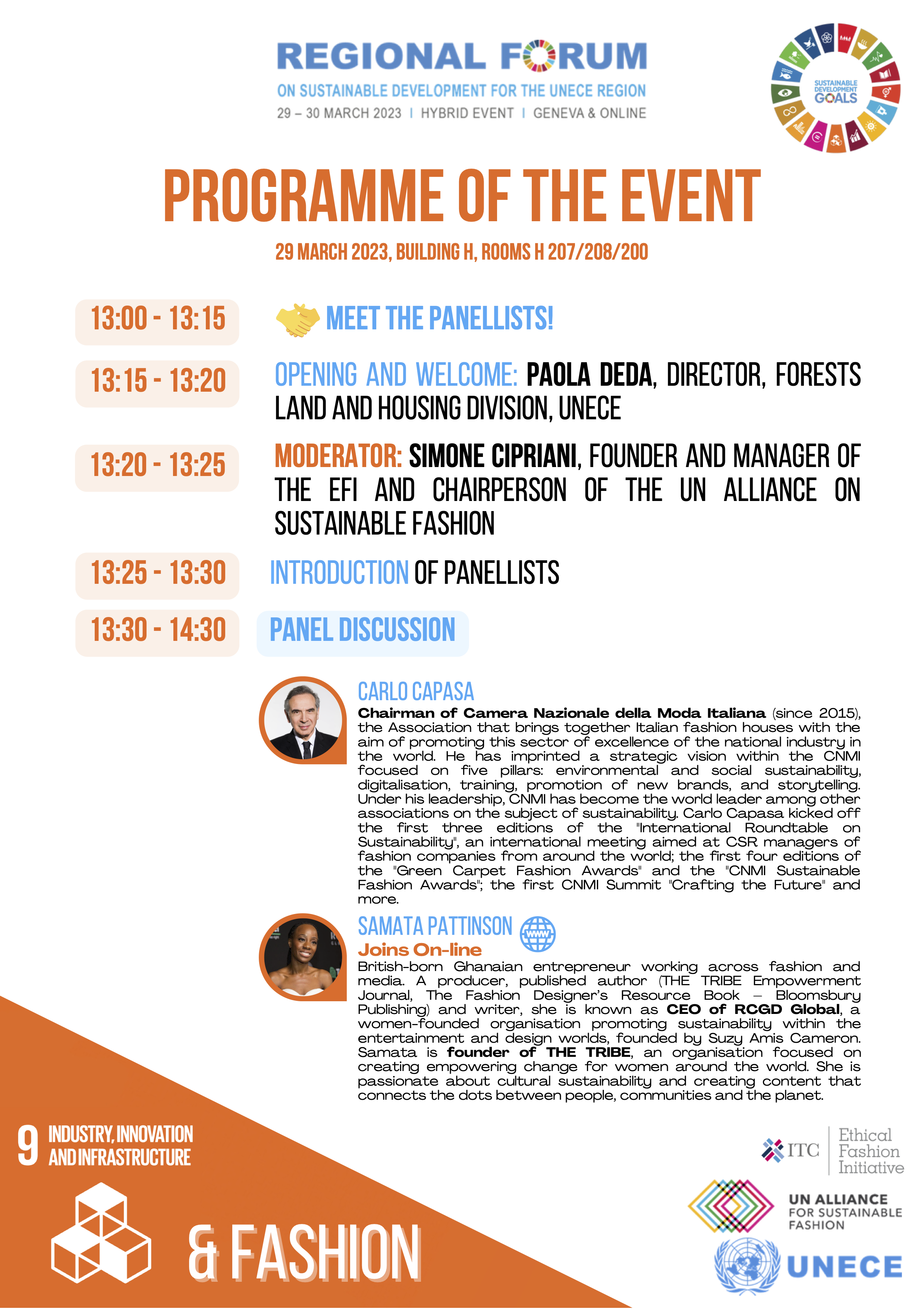Background
The economic relevance of the fashion industry worldwide is huge. The revenue of the global apparel market was calculated to amount to some 1.5 trillion U.S. dollars in 2021 and was predicted to increase to approximately 2 trillion dollars by 2026. However, the fashion industry is responsible for producing 20 % of global wastewater and 10 % of global carbon emissions – more than the emissions of all international flights and maritime shipping combined. Cotton farming is responsible for 24 % of insecticides and 11 % of pesticides despite using only 3 % of the world’s arable land. In addition, the textiles industry has been identified in recent years as a major contributor to plastic pollution in the world’s oceans. It was estimated that around half a million tonnes of plastic microfibers shed during the washing of plastic-based textiles such as polyester, nylon, or acrylic end up in the ocean every year. In addition to the negative environmental impacts, fashion is also linked to dangerous working conditions due to unsafe processes and hazardous substances used in production. High cost and time pressures often leads to workers suffering poor working conditions with long hours and low pay, with evidence, in some instances, of modern slavery and child labour. The side event is relevant to the UNECE region as most producers and entrepreneurs are located in this part of the world, however outsourcing the work to developing countries. This event is strictly related not only to achievements of SDG 9 but also SDG 1, 6, 7, 8, 12 and 13.
UNECE - Forests, Land and Housing Division; ITC / Ethical Fashion Initiative; UN Alliance for Sustainable Fashion



